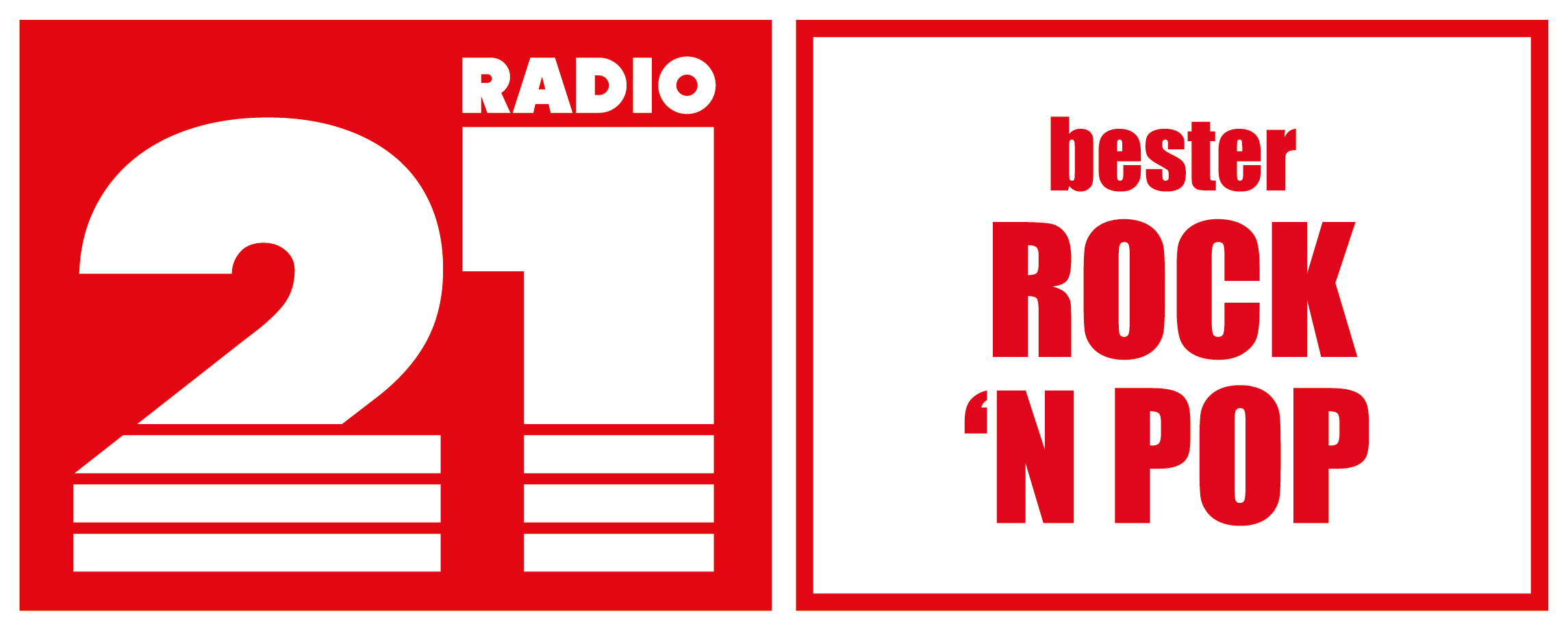You can calculate a company’s market cap by multiplying the number of its shares outstanding by the current price of a single share. A company with 50 million shares and a stock price of $100 per share wouldhave a market cap of $5 billion. Companies with a higher market capitalization tend to have more liquid stocks. This liquidity attracts more investors, as they can easily buy or sell large volumes of shares without significantly affecting the stock price. In general, companies with increasing market capitalization over time are viewed positively by investors, as it indicates that the company is growing and expanding. This can be due to a variety of factors, such as strong financial performance, successful product launches, expansion into new markets, or acquisitions.
- That said, there is a place for mid- and small-caps in certain portfolios.
- For example, if there’s news of an oil spill that affects the entire oil industry, then some companies‘ stocks could go up while others might go down quickly.
- One of the significant benefits of using market capitalization is its ability to provide a straightforward performance comparison among companies.
- Many have virtually zero track record, and it’s possible they don’t even have any assets, operations or revenue to report.
The enterprise value of a company is calculated by evaluating the assets which act as the functional core of a business. Based on this popular method of evaluating a company, there are 3 different types of stocks from which an investor can choose. Balancing out the portfolio with a good combination of all of these can minimise the chances of risk. However, market capitalization etoro forex broker has limitations, including its exclusion of crucial financial metrics, susceptibility to volatility and manipulation, and sector-related variations. The size and value of a company can affect risk levels and returns when investing in its stocks. For instance, technology companies often have higher market caps compared to firms in traditional sectors like manufacturing.
Companies sometimes issue additional shares to raise capital or buy back shares. Assuming a constant share price, issuing shares would increase market capitalization and buying them back would decrease it. Some traders and investors, mostly novices, can mistake a stock’s price to be an accurate representation of that company’s worth, health, and/or stability. They may perceive a higher stock price as a measure of a company’s stability or a lower price as an investment available at a bargain.
Market Capitalization
Even if you only buy a few hundred or thousand shares of a company, it could still affect its overall market capitalization and impact the entire stock market. Using the same two variables of price per share and volume of outstanding shares, let’s look at how a company’s market cap could decrease. This means the company did not meet performance expectations which may cause investors to sell, which drives the price per share down. Remember that if the number of outstanding shares or the stock price changes over time, the market cap will also change. Pay attention to these numbers over time to track a company’s market capitalization and assess its value. If you’re wondering how to calculate market cap, just multiply the number of outstanding shares of a company by the current stock price to define market capitalization.
The different measurement of Market Cap values also form the basis to launch a variety of market indexes. Small-cap companies typically have only a few revenue streams, depend on overall U.S. economic growth and can feel the effects of taxes and regulations more profoundly than established businesses. If large-caps are the big cruise liners that can withstand the stormiest seas, small-caps are the sailboats that can be rocked by a single wave. Although it measures the cost of buying all of a company’s shares, the market cap does not determine the amount the company would cost to acquire in a merger transaction. A better method of calculating the price of acquiring a business outright is the enterprise value.
When investing based on market capitalization, consider different types of stocks (e.g., value stocks vs growth stocks). For example, small-cap value stocks typically offer more potential upside than large-cap growth stocks but may also involve greater risk due to their lack of liquidity. The definition of market capitalization is one way investors measure the value of a company in the stock market. Company A may have one million shares selling at $100 each ($100 million market cap), whereas Company B might have 10 million shares selling at $80 each ($800 million market cap).
A security’s market capitalization may change over time due to the outstanding number of shares. This is especially prevalent in cryptocurrency where new tokens or coins are issued or minted frequently. A lot of major stock indices use float-adjusted market capitalisation, including the Dow Jones Industrial Average and FTSE 100 Index. This is the most widely used method around the globe to evaluate a company. Since this is one of the universally accepted methods, this makes it easy for investors to understand a company’s value irrespective of their geographical or economic locus. Market capitalization is the aggregate dollar-value of all outstanding shares of a company’s stock.
Understanding Market Capitalization
It measures only the equity component of a company’s capital structure, and does not reflect management’s decision as to how much debt (or leverage) is used to finance the firm. A more comprehensive measure of a firm’s size is enterprise value (EV), which gives effect to outstanding debt, preferred stock, and other factors. For insurance firms, a value called the embedded value (EV) has been used. Small-cap stocks have relatively lower market values because these tend to be younger growth companies.
Industries with higher growth prospects and less competition tend to have companies with higher market capitalizations. Additionally, the size of the industry can also play a role in determining the market capitalization of its top companies. Industries that have a larger market size tend to have companies with larger market capitalizations. It is also worth noting that some industries may have a higher valuation multiple compared to others, resulting in higher market capitalizations for companies in those industries. For this example, let’s say it’s currently trading at $10 per share, has two million shares outstanding and its total market capitalization is $300 million. A company’s market cap can decrease if its share price drops or it buys back some of its outstanding shares.
What is a mid-cap stock?
For example, a company could have had twice as much revenue as any other company in the industry. However, if the company’s market cap is four times as large, the argument could be made that company is underperforming. For example, a company whose IPO value is set at $100 million by its investment bank may decide to issue 10 million shares at $10 per share or they may equivalently want to issue 20 million at $5 a share.
How market capitalization is calculated
Such investors might find growth opportunities in small- and mid-cap companies, with ample time to navigate unexpected downturns. To calculate market cap, you take the total number of a company’s shares outstanding and multiply that figure by the company’s current stock price. For example, if a company has 5 million shares outstanding and its current stock price is $20, it has a market capitalization of $100 million. But market cap typically is not altered as the result of a stock split or a dividend. After a split, the stock price will be reduced since the number of shares outstanding has increased.
How market capitalization influences investment strategy
The free-float method of calculating market cap excludes locked-in shares, such as those held by company executives and governments. Free-float methodology has been adopted by most https://traderoom.info/ of the world’s major indexes, including the Dow Jones Industrial Average and the S&P 500. It allows investors to understand the relative size of one company versus another.
Market capitalization, or „market cap“, is the aggregate market value of a company represented in a dollar amount. Since it represents the “market” value of a company, it is computed based on the current market price (CMP) of its shares and the total number of outstanding shares. Because they’re so established, large-cap companies are generally more stable. They’re reliable in terms of dividend payouts and typically don’t grab headlines the way some flashier stocks might. But this understated nature is actually what makes them attractive to investors — large-cap stocks are boring, which means they don’t often fluctuate as wildly as small- or mid-cap stocks. As a result, small-cap share prices tend to be more volatile and less liquid than more mature and larger companies.



